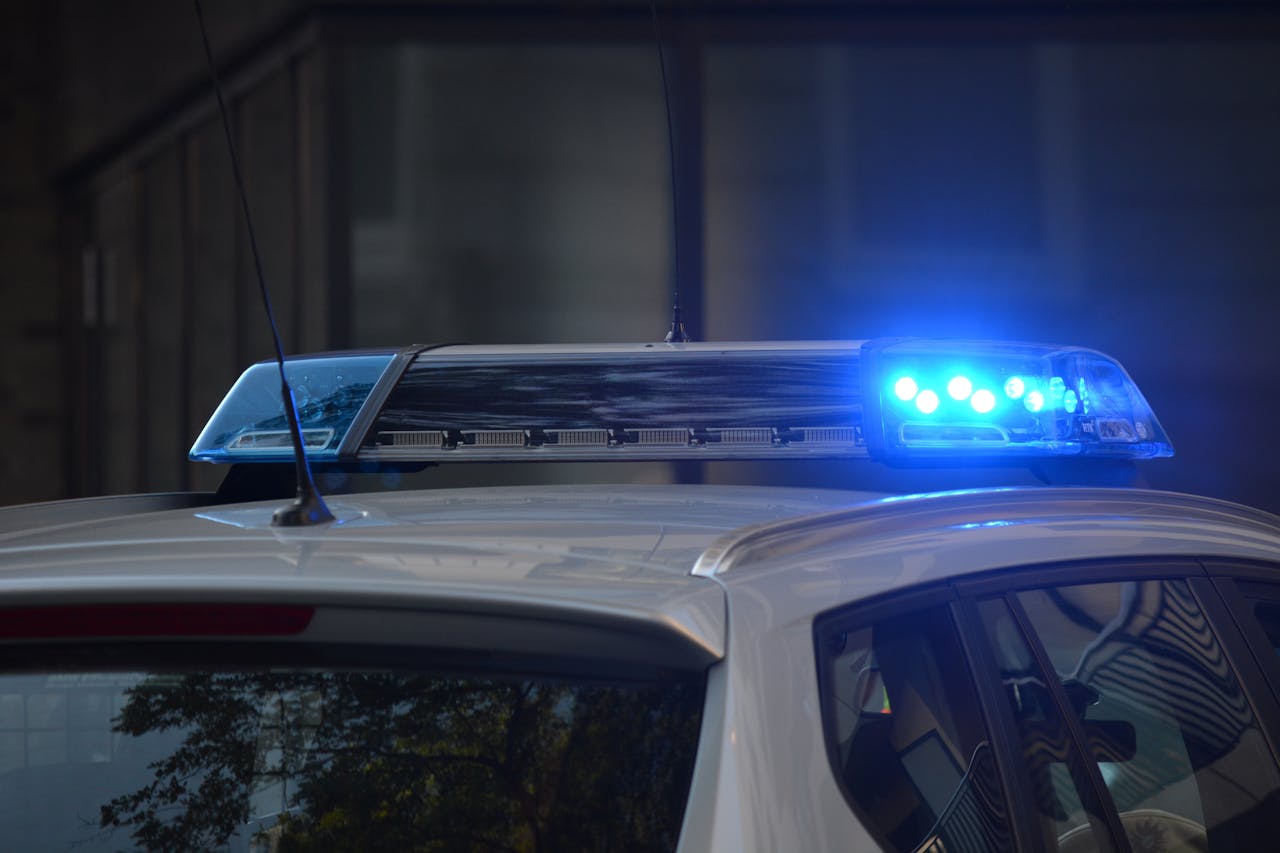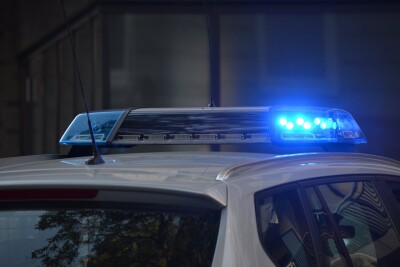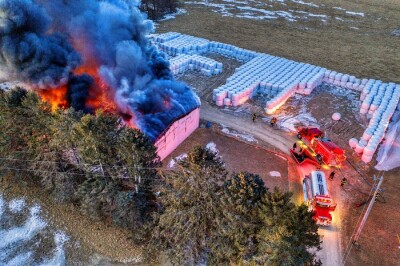News reports from across the US and around the world point to an increase in the use of drones and related systems in public safety and law enforcement. In large cities and small towns alike, uncrewed systems are being put to work in countless ways that make citizens safer and supply more and better tools for law enforcement officials.
An article in Simple Flying explained that drones “have become a valuable asset for police departments, allowing them to perform tasks at a lower cost.” The piece reports that police departments in the US, along with law enforcement organizations in the UK, Germany, and South Korea, are using drones equipped with cameras and sensor to perform a range of tasks, including surveillance and investigations, at “a fraction of the cost per flight hour” than conventional methods.
However, while many inside and outside of law enforcement are eager to integrate uncrewed technology in policing, others have expressed concern that the vehicles may compromise privacy and civil liberties. For example, a recent report from the American Civil Liberties Union (ACLU) stated police “programs are beginning to proliferate with little oversight or accountability.” The group went on to say, “It’s important that we don’t sleepwalk into a world of widespread aerial surveillance, that communities think very carefully about whether they want drone surveillance, and, if they decide to permit some operations, put in place guardrails that will prevent those operations from expanding.”
Here are some updates on the uses of drones in public safety and law enforcement:
- Last fall, the New Orleans, Louisiana Police Department announced that it would join the more than 1,400 communities in the US that deploy drones for law enforcement operations. According to reports, the drones would be used for “search and rescue operations, hazardous spills, suspect searches, documenting crime scenes and monitoring special events.”
- The city of Bend, Oregon has dramatically increased its use of drones in recent years. According to a recent news report, the Bend police department used drones to respond to 239 events in 2023. In all, Bend police pilots made 721 flights, up from 316 flights in 2022. The department now has 25 drones and 12 drone operators used to address “search and rescue missions, executing search warrants, crashes and crime scenes.”
- An article in Nevada’s Record Courier described the ways drones help officers in the Douglas County Sheriff’s Office. In 2017, Douglas County drones were used to locate potentially dangerous suspects wanted in a casino robbery case. Since then, the department’s use of uncrewed systems has expanded. UAVs equipped with “aerial view, 3D mapping, and thermal imaging” systems have been used for “crime scene documentation, assisting search and rescue, accident reconstruction and disaster response.”
- San Francisco Mayor London Breed is backing an initiative that would enable law enforcement officials to use drones “to assist with active criminal investigations” and “along with or in lieu of vehicle pursuits.” The proposal, which has raised civil rights and public privacy concerns from some organizations, is part of an effort to increase the tools available for police personnel. City residents will have the chance to vote on the drone initiative in March of this year.
- Demonstrating the real-life value of uncrewed technology in law enforcement, the Grayson County, Kentucky police recently deployed a drone to successfully address a domestic violence case. Here, a women contacted police about a man who was on her property and had threatened her with harm. Because police were not able to see the man on the property, they deployed the county’s infrared-equipped drone. In a short time, the man was located and apprehended–and neither police officers nor the county’s K9 unit were forced to get involved in a dangerous situation.
- In France, police in the city of Toulouse have begun using uncrewed aerial vehicles to monitor activity in a neighborhood “notorious for open-air drug dealing.” Adoption of the technology has moved slowly in France, as the country has strenuously debated civil liberty and privacy issues related to drone use in law enforcement.
- Police in Murrieta, California turned to drones to track down “three men who had fled after being spotted inside a business in the middle of the night” in January. Surveillance footage showed the men tampering with construction vehicles. Using a drone, police personnel were able to maintain sight of the getaway car the guide them to the suspects. Launched in July of last year, the Murrieta Police Department’s drone program consists of five drones.















Comments